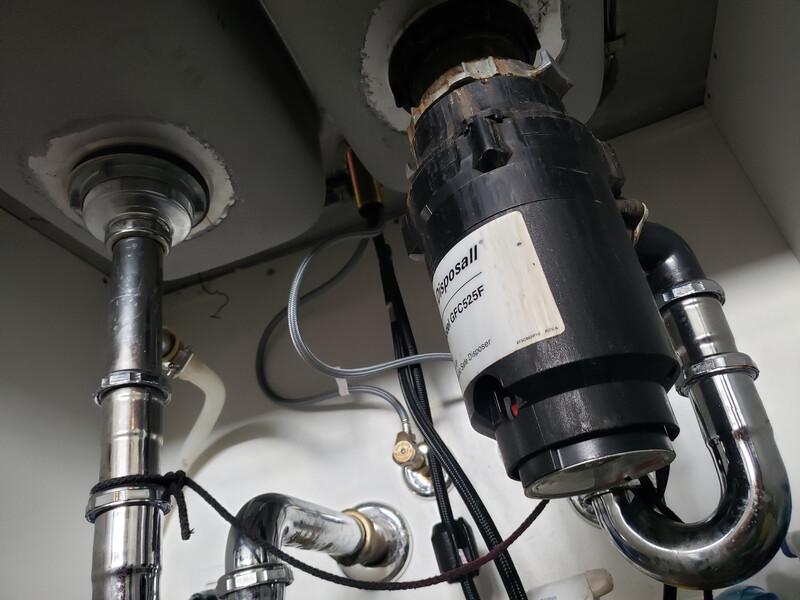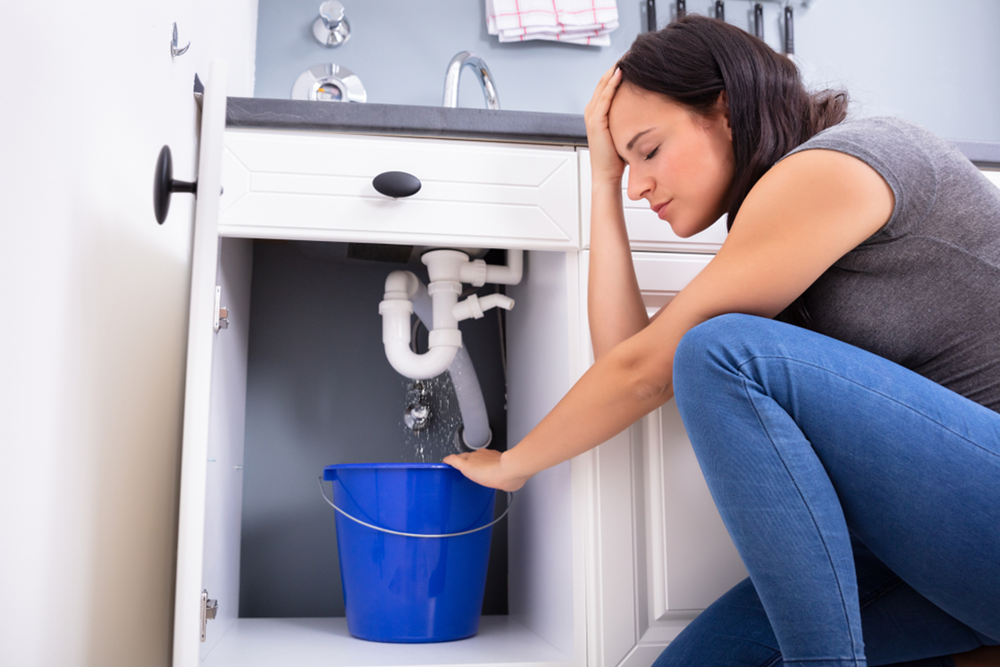What're your concepts about How to fix a pretty consistent leak from my garbage disposal?

Garbage disposals are necessary cooking area devices that aid in disposing of food waste efficiently. However, a leaking garbage disposal can be a discouraging and messy issue to manage. Fortunately, many leaks can be dealt with conveniently with a couple of easy actions. In this short article, we will certainly go over how to deal with a leaking waste disposal unit properly.
Introduction
Waste disposal unit are installed under cooking area sinks and are developed to shred food waste right into smaller sized items, enabling it to travel through the plumbing system quickly. While these tools are normally dependable, leakages can take place with time due to deterioration, loosened connections, or damage to the system.
Usual Sources Of Leakages in Rubbish Disposals
Worn Seals and Gaskets
Seals and gaskets play a vital role in stopping water from leaking out of the garbage disposal. Gradually, these parts can deteriorate, resulting in leakages around the disposal unit.
Loose Links
The connections between the waste disposal unit and the pipes system can end up being loose with time, triggering water to leakage out during procedure.
Cracks or Openings in the Disposal Device
Physical damage to the waste disposal unit, such as fractures or openings in the housing, can additionally lead to leaks.
Recognizing the Source of the Leakage
Before attempting to repair a leaking garbage disposal, it is important to determine the source of the leak. This can commonly be done with aesthetic inspection or by carrying out easy examinations.
Visual Assessment
Examine the garbage disposal system thoroughly for any type of signs of water leak. Pay attention to locations around seals, gaskets, and link factors.
Testing for Leakages
One way to check for leaks is by running water via the disposal system and looking for any type of noticeable signs of leakage.
Devices and Materials Needed for Dealing With a Dripping Garbage Disposal
Before starting the repair service process, gather the needed devices and products, consisting of a screwdriver, adjustable wrench, plumbing technician's putty, replacement seals or gaskets, and epoxy or patching material for repairing cracks or holes.
Step-by-Step Overview to Taking Care Of a Dripping Waste Disposal Unit
Shut off the Power
Before attempting any kind of repair work, ensure that the power to the waste disposal unit device is shut off to avoid the risk of electric shock.
Locate the Leakage
Recognize the specific location of the leakage and establish the cause.
Tighten up Links
Use a wrench to tighten up any type of loose links between the disposal unit and the pipes system.
Replace Seals or Gaskets
If the leak results from used seals or gaskets, get rid of the old elements and change them with brand-new ones.
Patching Splits or Holes
For splits or openings in the disposal unit, use epoxy or an ideal patching product to seal the broken area.
Testing the Waste Disposal Unit After Repair
Once the repair work is total, check the garbage disposal by running water through it to ensure that the leak has actually been fixed.
Preventive Upkeep Tips to Stay Clear Of Future Leakages
To stop future leakages, it is vital to execute routine maintenance on your waste disposal unit. This includes maintaining it clean, staying clear of placing non-food products or hard things down the disposal, and regularly looking for leaks or other problems.
Conclusion
To conclude, fixing a leaking garbage disposal is a reasonably uncomplicated process that can be completed with fundamental tools and products. By complying with the steps described in this short article and exercising preventative upkeep, you can maintain your waste disposal unit in good working problem and stay clear of pricey fixings in the future.
What to Do About a Leaking Garbage Disposal
A leaking garbage disposal often goes unnoticed until you confront a sopping cabinet, a foul-smelling puddle, or an audible drip-drip-drip from the unit. The fix can be frustrating, too, because the leak can stem from a number of components in the system. Fortunately, with a little sleuthing, you can zero in on the leak and—depending on the exact location—stop the icky oozing and repair the component that caused it. Worst case scenario, if it turns out that the garbage disposal must be replaced, installing a new one is a reasonable do-it-yourself task for those with basic plumbing skills. Read on to keep the cash you’d otherwise hand over to a pro.
Prepare to find the leak
Prior to testing the garbage disposal for leaks, unplug it at the wall outlet and turn off the power from the breaker box to prevent electrical shock. Then insert a watertight sink stopper into your sink drain and wipe the unit dry with a clean cloth. In any handy container, mix a few drops of food coloring into a few cups of water, and pour the dyed water onto the sink stopper to help you locate the leak.
Investigate the source
- the top, where the disposal meets the sink drain
- the side, where the dishwasher hose or main drain pipe connects to the disposal
- or the bottom of the unit
Inspect each of these locations while gliding a light-colored rag over the unit; the dyed water will readily show on the rag and reveal the location of the leak. If a leak isn’t immediately apparent, remove the sink stopper and pour a few more cups of dyed water down the sink drain, then check for leaks again. Leaks near the top of the unit are more likely to show themselves while the sink is plugged, while side and bottom leaks are more noticeable while the sink is unplugged.
The metal sink flange that sits directly inside the sink drain is typically sealed around the top with plumber’s putty (a clay-like sealant) and then secured from under the sink with bolts. If the plumber’s putty deteriorates, or the bolts loosen, the flange can no longer form a watertight seal between the sink drain and the disposal—which could cause a leak at the top of the unit.
To reseal the leaky flange, you must first detach the garbage disposal. Start by loosening the screws securing the main drain pipe to the disposal, then loosen the screws in the metal clamp securing the dishwasher hose to the disposal and detach the drain pipe and dishwasher hose from the disposal. Loosen the screws in the mounting ring that connects the disposal to the metal mounting assembly beneath the sink, then pull down the disposal and carefully set it on a clean, dry surface. Loosen the bolts in the mounting assembly with a wrench, then pull down the mounting assembly and set it near the disposal.

I came across that content about Tips on Fixing a Leaking Garbage Disposal while doing a search on the search engines. Enjoyed reading our write-up? Please share it. Help someone else discover it. I praise you for your time. Please pay a visit to our website back soon.
Visit Link
Comments on “Recommended Methods for Resolving a Leak in Your Garbage Disposal”